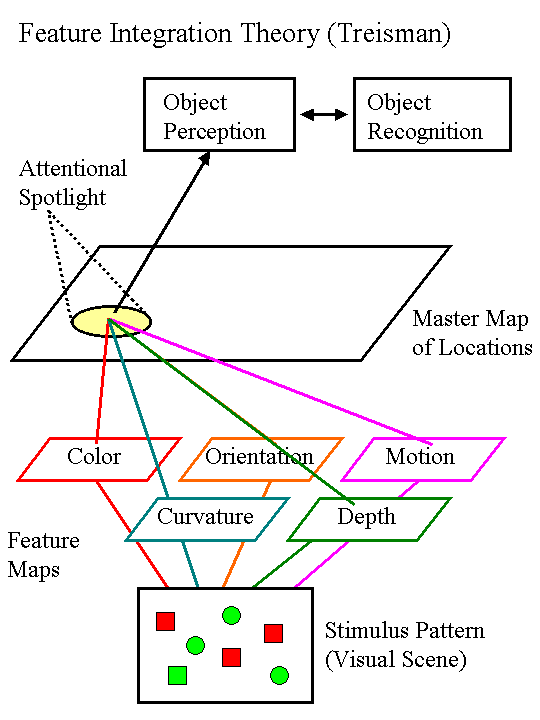The Three-Level Framework
Functional Understanding
Suppose you see a machine and want to know: How does it work?
- You can see what is happening at the surface, but want to understand the mechanisms that make this possible.
- Would it be enough to look at its inner workings?
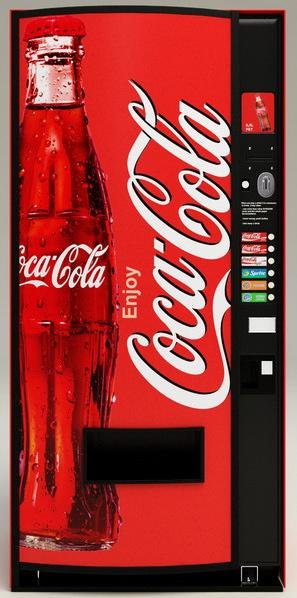
A look inside
A difficulty with just looking at how the parts work is that this alone won't show you what the machine is for, and how the parts help the machine to realize that function.
In some sense, it's only if you already understand the function that you can know what the parts are doing.
You need to understand the machine functionally, not just physically.
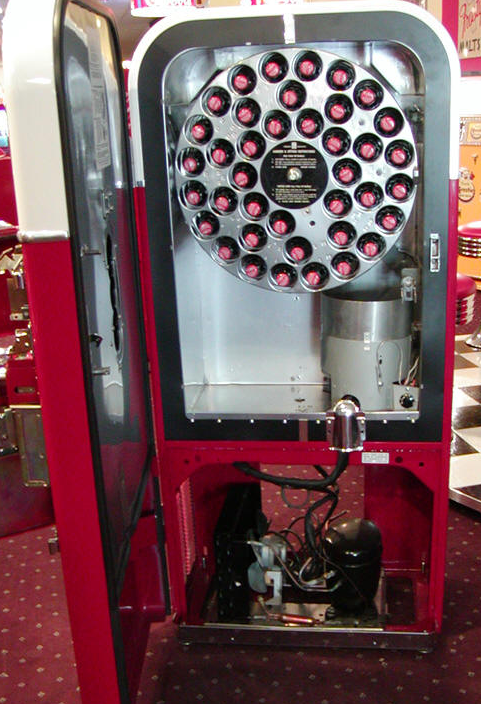
Function, Algorithm, and Realization
Or think about a computer that is being used to accomplish a task. To understand it fully, we must know:
- What task it is accomplishing
- What program or algorithm it is using to do this
- How its inner circuitry "realizes" this program
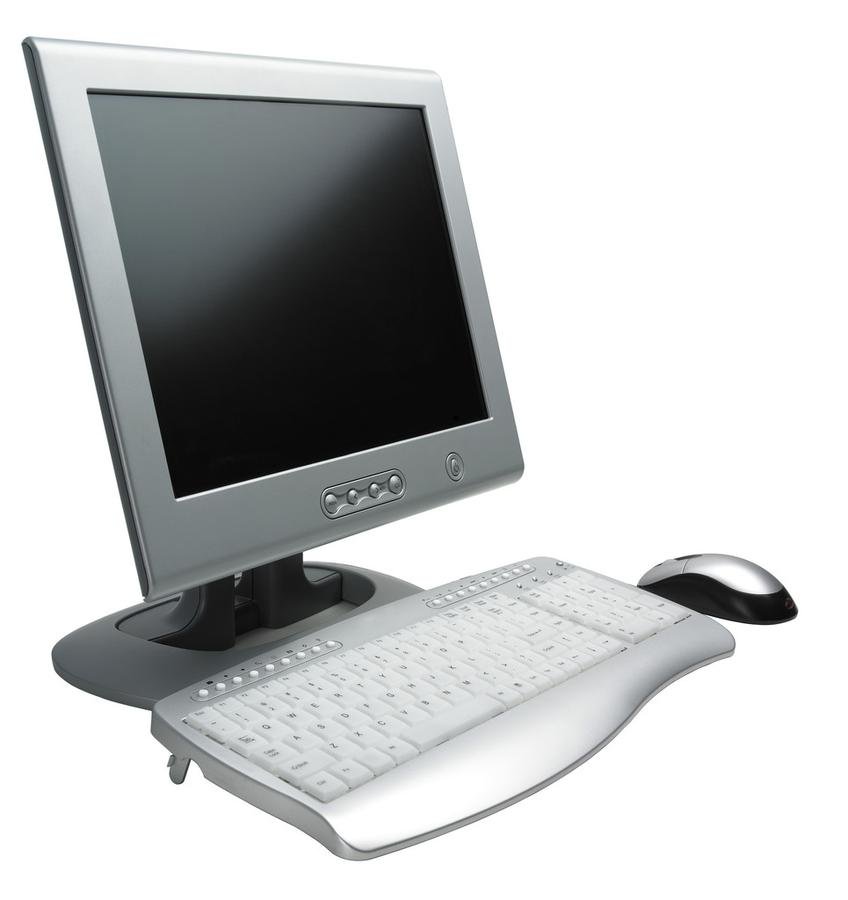
David Marr's "Three-Level" Framework (from Vision: A Computational Approach, 1982)
- Computational theory: What is the goal of the computation, why is it appropriate, and what is the logic of the strategy by which it can be carried out?
- Representation and algorithm: How can this computational theory be implemented? In particular, what is the representation for the input and output, and what is the algorithm for the transformation?
- Hardware implementation: How can the representation and algorithm be realized physically?
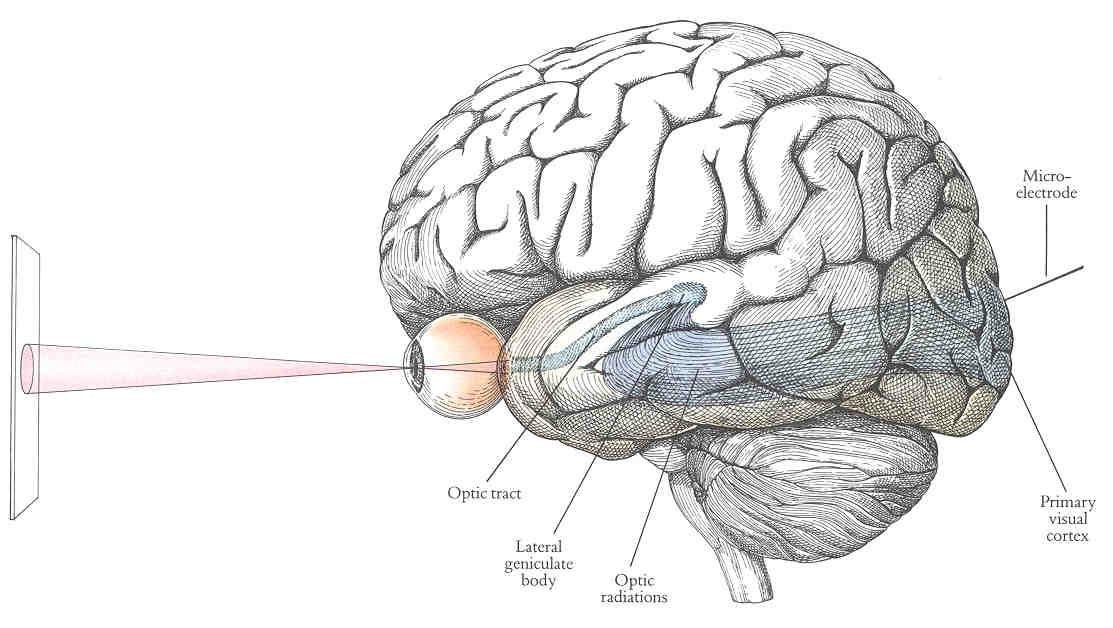
E.g. the brain as generating a 3D visual representation from retinal stimuli
Applied to the case of attention
As an example, Treisman's theory gives:
- A computational or task-level description of what attention is for; and
- A proposal for the algorithm that is used to achieve this.
The question of how this is realized in the brain is left open here.
